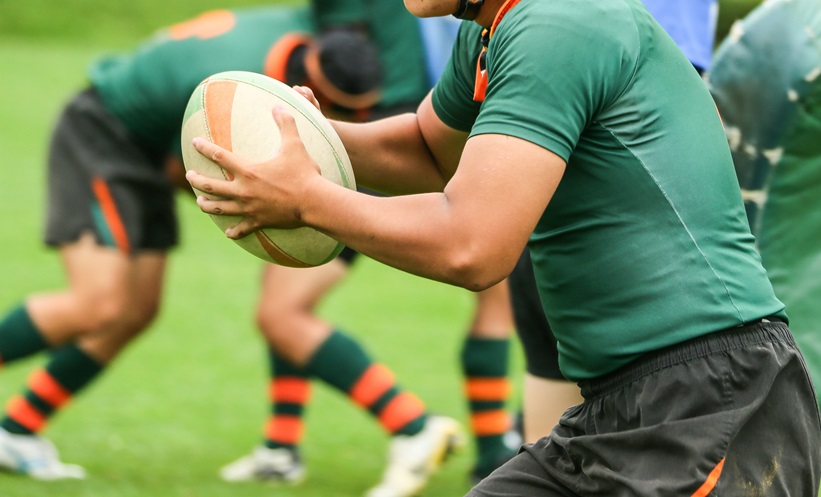THE STUDY found perceived stress and loneliness significantly correlated with adolescent game addiction during the pandemic transition period.
Game Addiction and Psychosocial Drivers
This correlational analysis of 346 high school students in Bangkok during November to December 2022 showed that gaming remained highly common even after the reclassification of COVID-19 under Thailand’s surveillance system. More than 87% of adolescents reported gaming and nearly 40% played daily which signals ongoing persistent behavior beyond acute lockdown phases. Importantly 15% were classified at risk of game addiction and 4.4% met thresholds consistent with addicted status. Perceived stress demonstrated a positive correlation with game addiction however loneliness demonstrated a stronger association which suggests that isolation and disconnectedness may have influenced compulsive gaming behavior beyond pandemic restrictions. For U.S. clinicians these findings emphasize the impact of unstructured screen time and lingering post-pandemic psychosocial burden that continues to shape youth digital habits.
Resilience As a Modifiable Protective Factor
Resilience was negatively correlated with game addiction and this was consistent across all subscales. External support inner strength and interpersonal or problem-solving capacity each functioned as protective components. While this study was not interventional the signal supports the premise that resilience building may represent a clinically viable prevention lever. For U.S. primary care and adolescent mental health teams these findings align with preventive counselling models that center strengths-based approaches. Resilience screening may complement routine depression anxiety and suicidality assessments and may identify adolescents who are vulnerable to maladaptive digital coping patterns including excessive gaming.
Clinical Implications for U.S. Practice
The study’s post-acute pandemic timing matters because it reflects behavior following reopening rather than behavior influenced by mandates. The authors highlight that targeted prevention programs may be relevant not only for future crisis cycles but during the current post-pandemic stabilization phase. Providers in pediatrics family medicine and school connected care pathways may consider integrating brief prompts around subjective stress load loneliness and gaming purpose or frequency within digital hygiene consultations.
Reference: Attasara P et al. Perceived Stress Loneliness and Resilience in Relation to Game Addiction Among Adolescents in Bangkok During the COVID-19 Pandemic Transition Period. J Child Adolesc Psychiatr Nurs. 2025;38(4):e70044.







